When looking for a place in the UK, you will find many different types of property. What are the differences?
Let’s see the differences between the different types of property in the UK:
1. Flat / Apartment:
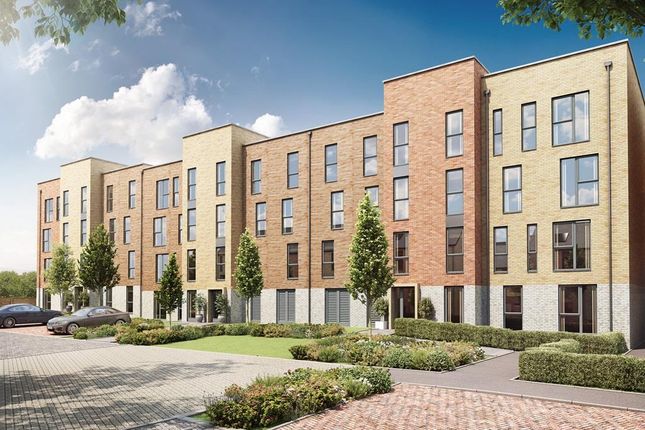
These types of houses are most popular in urban areas such as London and Birmingham. This is because they save a lot of space and provide accommodation for many people in one building. This type of property is great for smaller families, single people, or couples.
Advantages: Usually near the centre of the city, near convenient transportation, factored
Disadvantages: The space is relatively small, there is usually no garden, no garage, sometimes one or two parking spaces are provided, or you can apply for a resident parking permit from the Council if you are on a public road.
2. Converted Flats conversion unit:
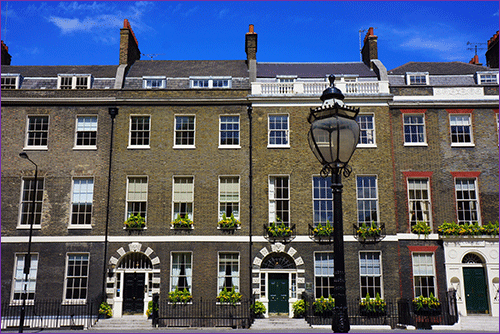
It is usually an older large house. In the past, a whole family would live here. Later, it was rebuilt into different units, ranging from two units to multiple units. Because it was originally built for the whole family, the sound insulation effect is not as good as the new-style apartment.
Advantages: usually located in the centre of the city
Disadvantages: the indoor space is relatively small, the sound insulation is relatively poor, and the degree of privacy is low
3. Detached House:

The detached house, as the name, is the whole building for a single family, the whole building is not connected with other buildings. Therefore, this type of house has higher privacy, usually with a front garden, and a rear garden with a garage and private road. It usually starts from 3 bedrooms.
Advantages: high privacy, large space
Disadvantages: relatively expensive
4. Semi-Detach house:
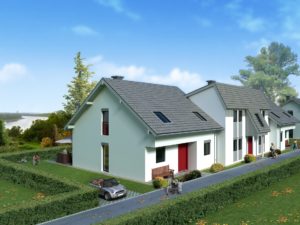
Compared with semi-detached houses and detached houses, the biggest difference is that the entire building is divided into two halves in the middle, with one family on each side. The privacy is not as good as that of a detached house, and the price is cheaper than that of a detached house.
Advantages: Compared with townhouses, privacy is higher, and the price is lower detach houses
Disadvantages: only one wall away from the neighbouring house
5. Terraced Houses:
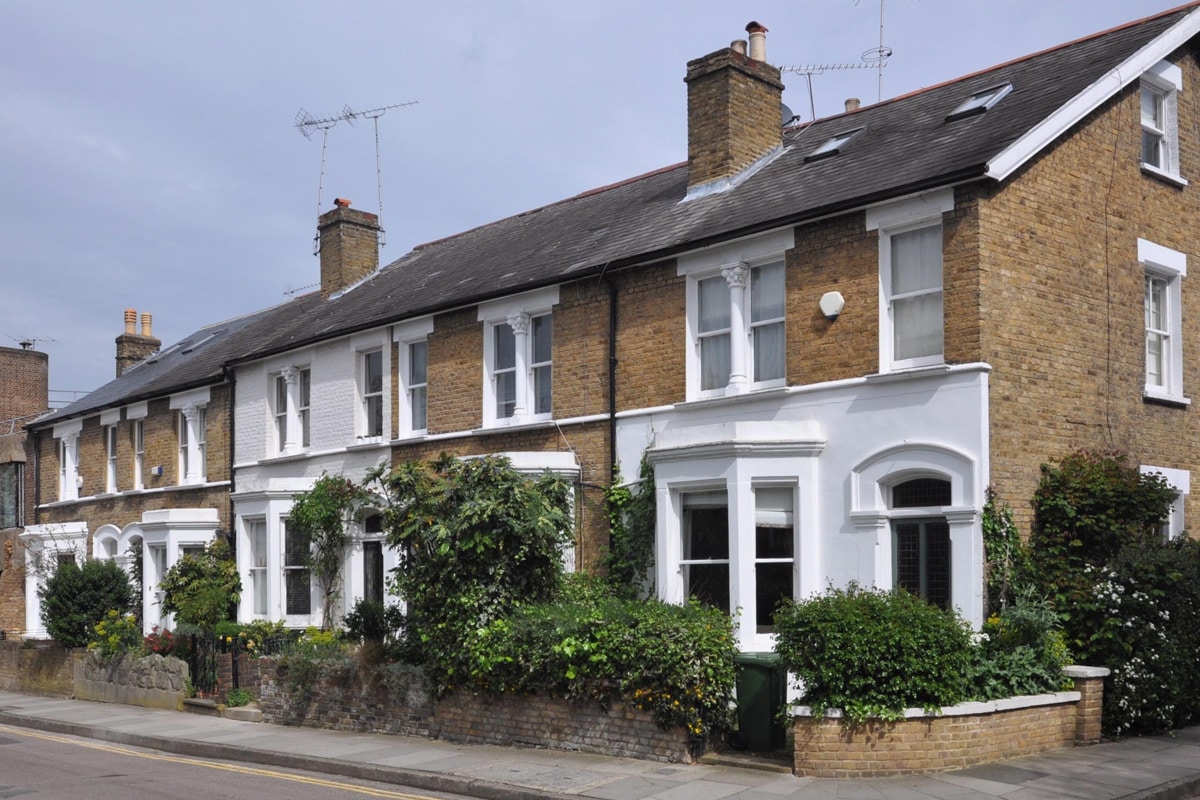
Terraced House, as the name suggests, is a whole row of houses connected. This type of house is very popular in the UK, especially in densely populated cities. This type of row house can save a lot of space, usually with a back garden, and usually, there is no garden in front of the house or only a small space.
Advantages: Relatively low price
Disadvantages: There is another household on the left and right sides, the privacy is relatively low, there is no room for expansion, no garage, and usually can only be parked outside the house
6. End of Terraced House:
From the name, it can be estimated that the first and last two households of a row of row houses are similar to semi-detached houses, only one side is connected to another household, usually 2 to 3 bedrooms.
Advantages: the price is lower than the semi-detached house, but the privacy is higher than the townhouse
Disadvantages: no garage, usually only parked outside the house
7. Townhouse :
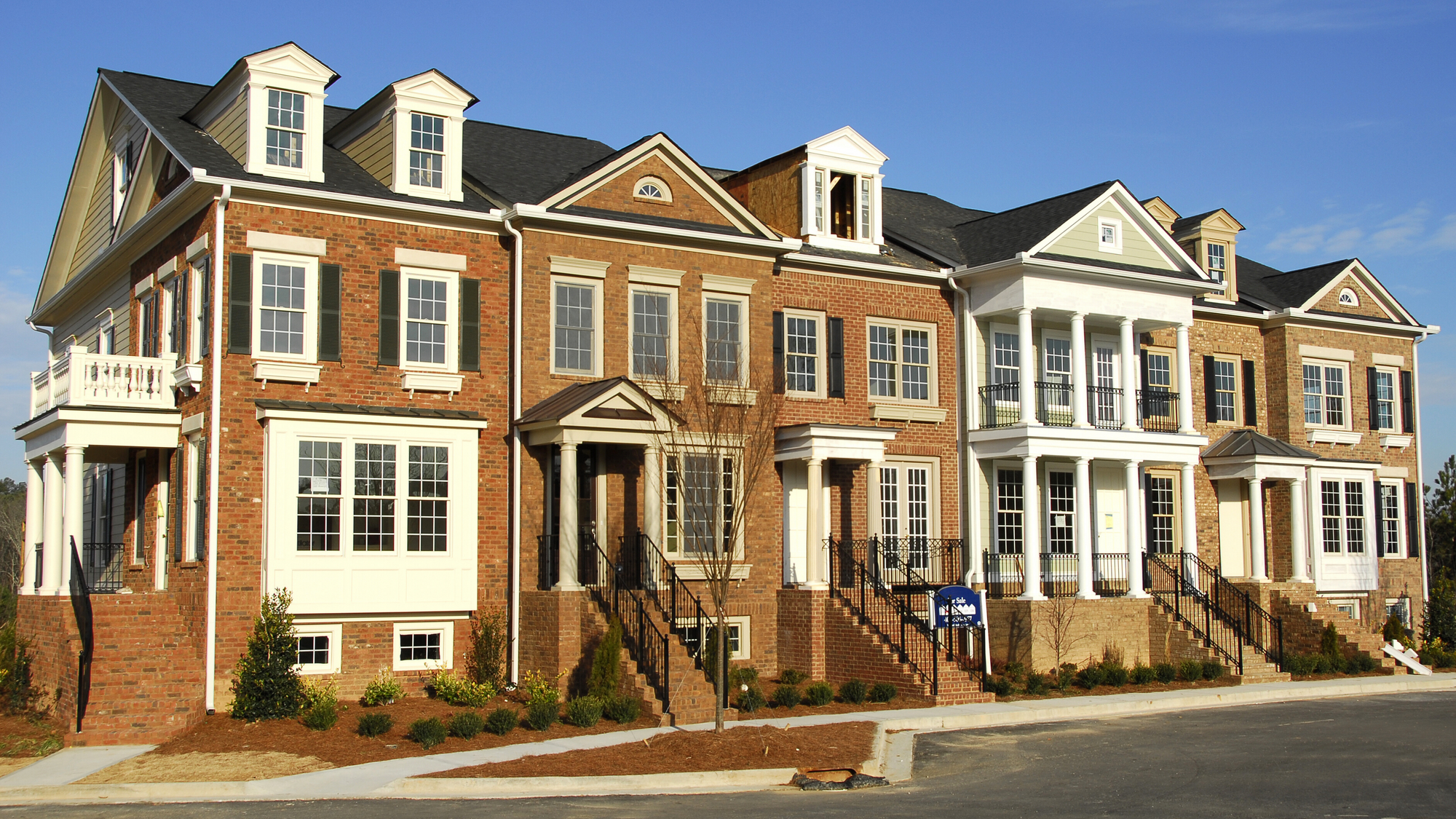
The townhouse usually has three floors or more. Compared with Terraced House, space is a bit larger. There will be parking spaces in part of the ground floor and a back garden.
Advantages: The indoor area is larger than the Terraced House, and the price is lower than that of a semi-detached house
Disadvantages: Because there are three or more layers, it often goes up and down
8. Cottage:
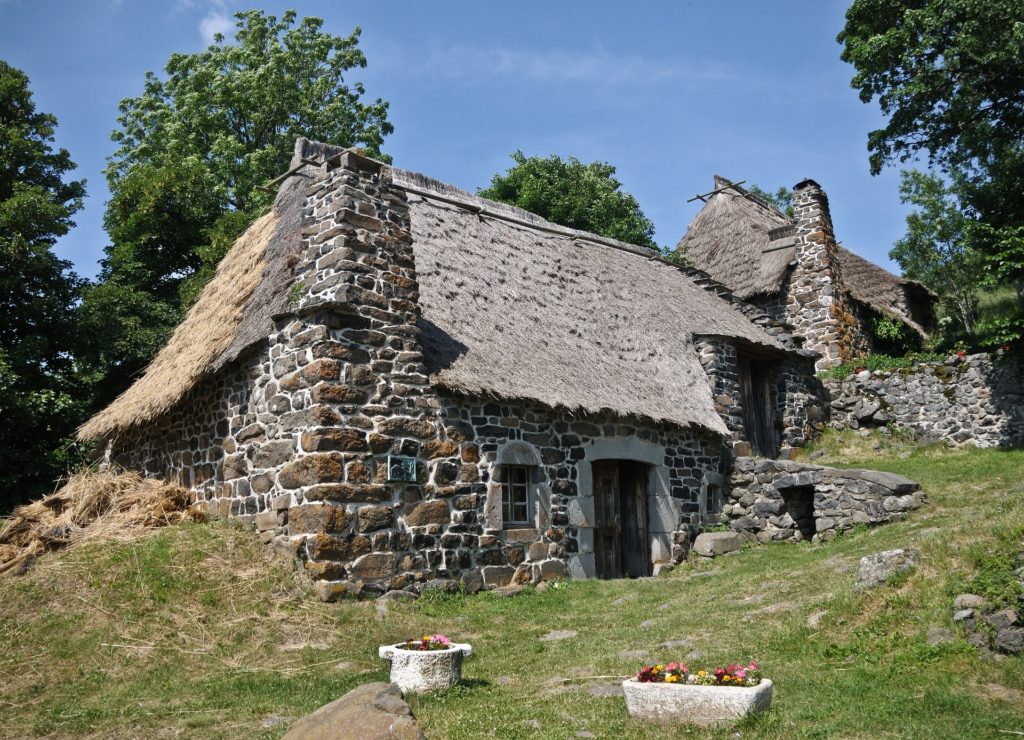
Cottages often appear in rural areas. On farms and villages. The hut is a small house, usually quite old-fashioned. This type of house can have one or two floors, and the second floor is usually smaller than the ground. The walls of this type of house are very thick and strong, which can withstand the cold in winter. Besides, this type of house can often be used as a holiday/summer residence for families who wish to spend their time in a more rural, more natural area (away from busy cities).
Advantages: stay away from the hustle and bustle and kiss nature
Disadvantages: remote location
9. Bungalows:
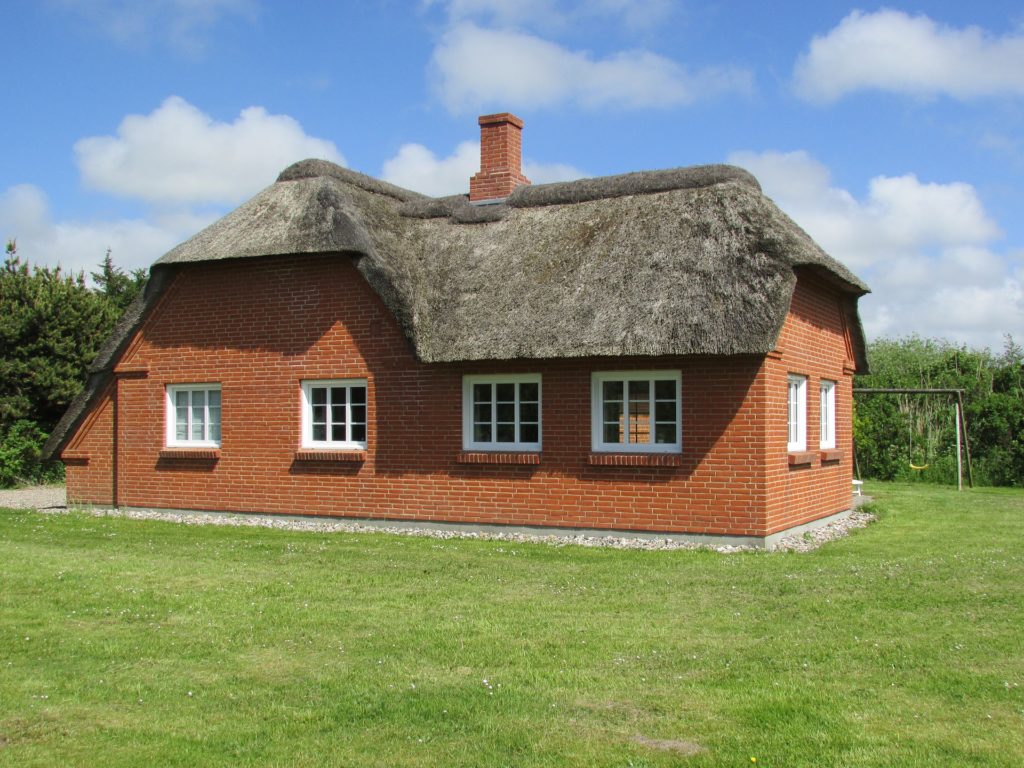
This type of house is very unique. This is a single-story house, which is also separated from other houses. Due to the lack of the second or third floor, it is a short-looking house. However, bungalows sometimes have one or two rooms on the “roof”. The origin of the word “bungalow” comes from the word “baṅglā”. This is because the bungalows were originally built for Europeans who settled in Bangladesh in the 17th century.
Nowadays, many retirees choose to move to Bungalows because there is only a single floor, which makes it convenient for the elderly to not have to go up and down the stairs. However, the price of Bungalows will not be cheaper, because the land area occupied by Bungalows is calculated based on the same three-bedroom house. , It is bigger than a detached house.
Advantages: It occupies a large area and is convenient for the elderly to live in
Disadvantages: more expensive
10. Mansions:
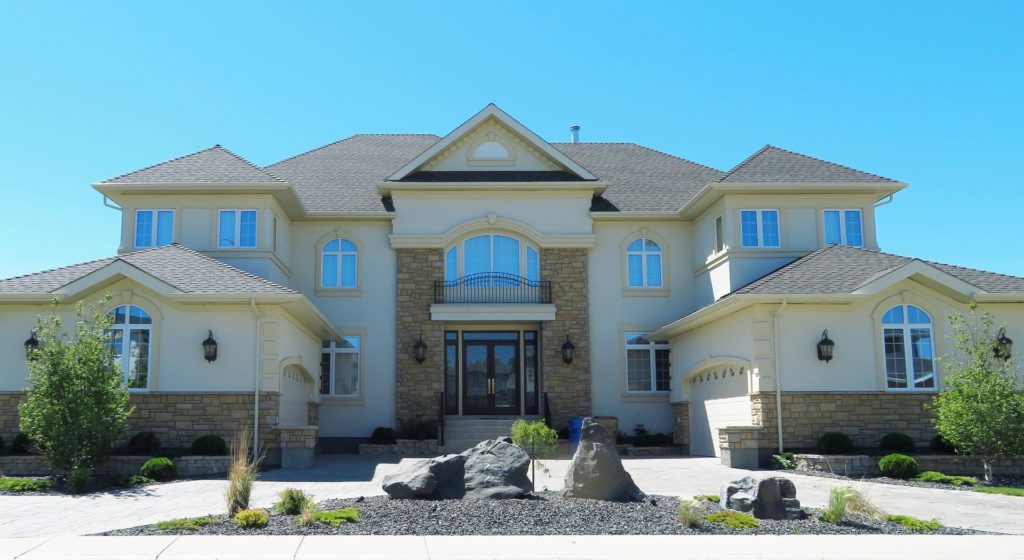
Luxury homes are the largest of all housing categories in the UK and the most expensive of all houses. A typical mansion consists of multiple large rooms, multiple floors, and a huge garden consisting of several acres of land. In addition to the large garden, there will be a swimming pool.
Advantages: full of style
Disadvantages: the most expensive
In addition to the above 10 types, there are also student dormitories for students, and Council Houses developed and leased by the government to low-income people. When looking for a house in the UK, you must first think about what type of house you are looking for to find your ideal home.

